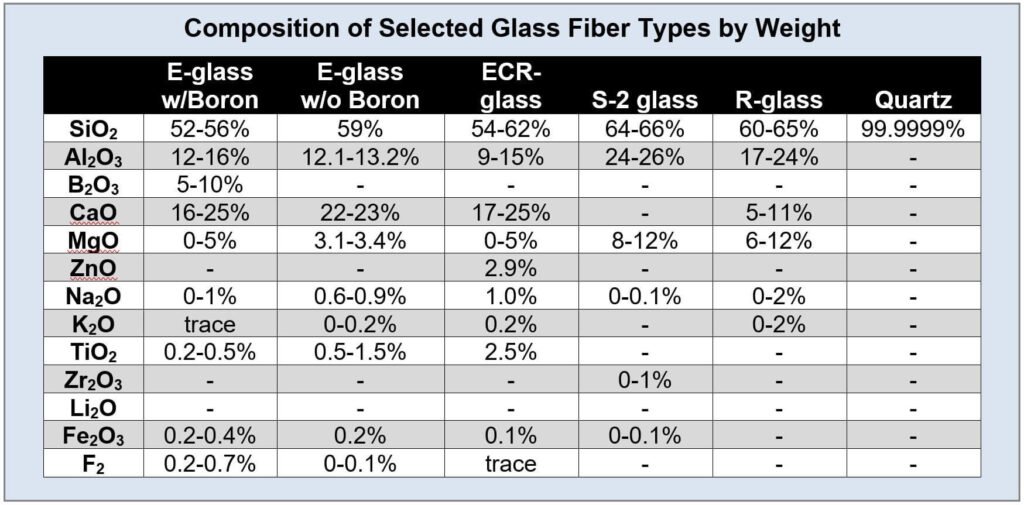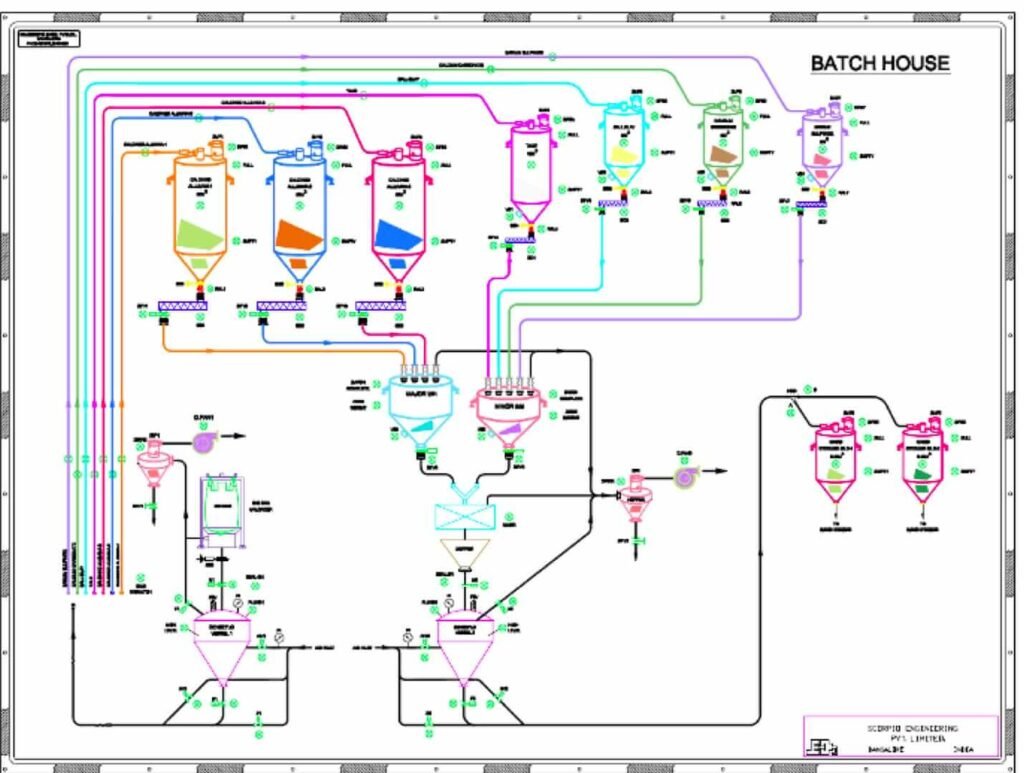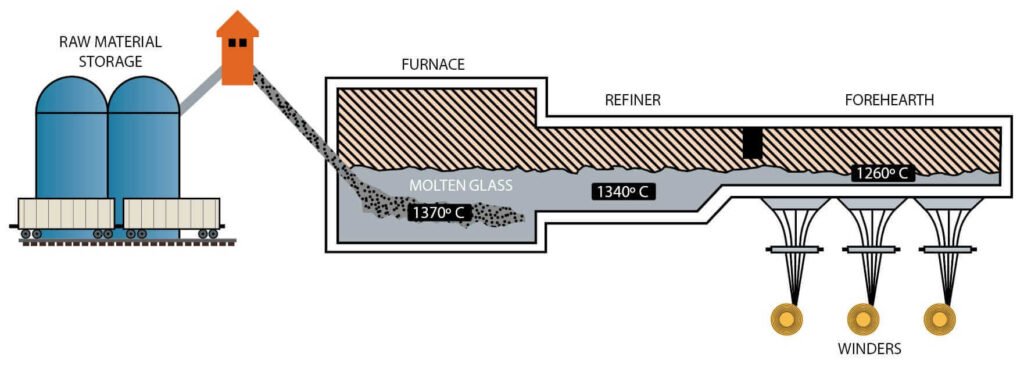
Bulkagram 17, January 23, 2023
Happy New Year Everyone!
As a chemical engineer amidst mechanical engineering stalwarts, the importance of designing the chemical processes and understanding the material science is often drowned out by the noise of our heavy weights: the mechanical engineers and their (albeit well designed) robust mechanical machinery!
Unlike mechanical engineers’ the first question we chemical engineers are trained to ask is ‘What?’ while mechanical engineers skip straight to ‘How’?
So, in today’s blogpost (the first in a series of industry categories) we examine the ‘what?’ in the glass manufacturing industry. What are the raw materials used, their properties and how they are handled until they are fed into the furnace. (As bulk material handling engineers, processes beyond the furnace is not in the scope of this article, although it is very much a chemical engineer’s forte.)
Where do we start?
Let’s start at the very beginning of time. Made from material as old as Earth, sand forms the primary base material for glass. The Egyptians are credited with glass pottery, mastering techniques of heating sand, soda ash and lime to high temperatures, resulting in a glassy material that could be blown into shape.
In 1932, Dale Kleist, a researcher for Owens-Illinois (today Owens-Corning), discovered by accident that spinning glass fibres and binding them together with a polymer resin, created a strong, lightweight material that now forms the basis for insulation in buildings and appliances and structural components for planes and cars: Fibre Glas.
What are the raw materials?
Fibre glass is made primarily from Silica Sand- Silicon Di Oxide (SiO2) melting at 1720°C. Interestingly, the melting process determines whether you will get fibre glass or quartz (both with the same chemical composition and entirely different physical properties!)
Quartz is obtained by heating SiO2 above 1200°C and cooled ambiently. The atomic structure is crystalline- rigid, highly ordered atoms. Glass is produced by altering the temperature and cool down rates. Rapid cooling will prevent crystallization and yield amorphous glass which has a randomly ordered atomic structure.

Note: Only Sand with above 95% silicon di oxide content can be used in glass manufacturing. In fact, only 1% of the 50 billion tonnes of sand that is extracted every year can be used. This is because the purity of the sand directly impacts the transparency, strength, and durability of the glass.
Although a viable commercial glass fibre can be made from silica alone, other ingredients are added to reduce the working temperature and impart other properties that are useful in specific applications:
E-glass, used in electrical applications replaces soda lime, with a composition of AI2O3 (aluminum oxide or alumina), CaO (calcium oxide or lime) and MgO (magnesium oxide or magnesia). Later, boron was added via B2O3 (boron oxide) to increase the difference between the temperatures at which the E-glass batch melted and at which it formed a crystalline structure to prevent clogging of the nozzles used in fiberization.
S-glass fibres, developed for higher tensile strength, are based on a SiO2-AI2O3-MgO formulations.
Below is the composition by weight of glass fibres differentiated by physical properties. (Source: Composites World Magazine)


Bulk Density: Bulk densities of the powder raw materials range from 450kg/m3 for Clay, 1000kg/m3 for Sand(SiO2), and about 1200kg/m3 for CaO, MgO
How do we handle the raw materials?
Sand and varying quantities of feldspar, sodium sulfate, anhydrous borax, boric acid, dolomite, gypsum and clay are all used as raw materials for glass. Each will go in turn through a separate process to yield the actual ingredients for the recipe that goes into the furnace. The bulk supplies are received by rail car and truck, and the lesser-volume supplies are received in drums and packages. These raw materials are unloaded by a variety of methods, including drag shovels, vacuum systems, and vibrator/gravity systems. Conveying to and from storage piles and silos is accomplished by belts, screws, and bucket elevators. From storage, the materials are weighed according to the desired product recipe and then blended well before their introduction into the melting unit. The weighing, mixing, and charging operations may be conducted in either batch or continuous mode.
In the initial stage of glass manufacture, these materials must be carefully weighed in exact quantities and thoroughly mixed (batched). Batching has become automated, using computerized weighing units and enclosed material transport systems.
For example at FGP Thane Ltd. Scorpio supplied the raw material Handling System for manufacture of fibreglass yarn starting from raw material input to feeding the glass batch into the furnace at controlled rates through water cooled screw feeders vis-a-vis, mechanical conveying.
However at Binani Glass Fibre Ltd., Scorpio supplied a pneumatic blender transporter which blends the batch pneumatically and transports the same to the furnace hopper.
A third system at Saint Gobain, Vetrotex consists of two systems: Silo Loading: This involves Dense Phase conveying of Raw material from bags into Silos and a Weighing and Batching System. Here, the heart of the fibre glass yarn manufacture involves materials from the different silos being weighed electronically to a 0.1% accuracy and fed into a pneumatic blender transporter unit where they are mixed and wetted. They form a vitrifiable load, to which cullet is added before it is conveyed to the furnace at controlled rates through water cooled screw feeders.



Downstream Glass fibre is made by blending raw materials, melting them in a three-stage furnace furnace, extruding the molten glass through a bushing in the bottom of the forehearth, cooling the filaments with water and then applying a chemical size. The filaments then are gathered and wound into a package. (Source: OCV)
For more information and for any questions, we are happy to connect and engage with our readers! Do Subscribe!
Visit www.scorpiobmh.com or email marketing@scorpiobmh.com with enquiries.
